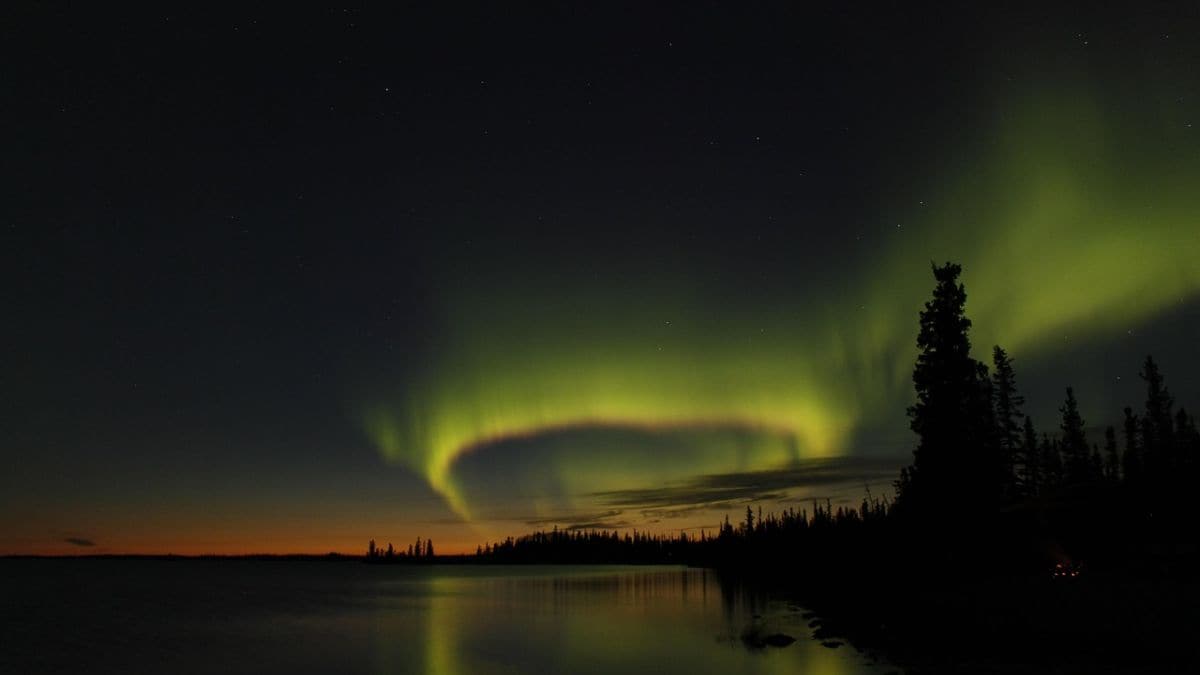
A rare display in the night sky could be visible to skywatchers in the U.S., as the National Oceanic and Atmospheric Administration (NOAA) has issued a geomagnetic storm watch for the night of June 14. The moderate G2-level event, fuelled by disturbances in solar wind, might produce auroras visible as far south as New York and Idaho, providing a spectacular light show far beyond the usual polar zones. While it’s welcome news for aurora enthusiasts, experts caution that extended daylight hours due to the approaching summer solstice could limit ideal viewing windows.
Coronal Hole Sparks Geomagnetic Storm; Auroras May Glow as Far South as New York June 14
As per the statement from NOAA’s Space Weather Prediction Centre (SWPC), this increase in geomagnetic activity is associated to a greater degree with a co-rotating interaction region (CIR), a turbulent region where high-speed streams of solar wind collide with slower-moving wind. While these CIRs may not be as dramatic as CMEs, they can still lead to shock waves that rattle the Earth’s magnetic field. The latest CIR was formed around a large coronal hole – a particularly dark region in the Sun’s outermost atmosphere – that is currently facing Earth and spewing high-speed solar wind directly into space.
Coronal holes are allowed to expand and develop into space weather due to reduced density and lower temperature solar wind pressing outward. Forecasts suggest a Kp index of 5.67 on 14 June, so there is another chance for auroras at lower latitudes.
To catch the northern lights, search for dark, clear skies in the hours before dawn, and check in with NOAA’s 3-day space weather forecast, as well as real-time resources like the “My Aurora Forecast & Alerts” app.
The aurora is weather and atmospheric conditions permitting, and should be visible for those based outside of the Arctic Circle viewing it during an approaching storm.




